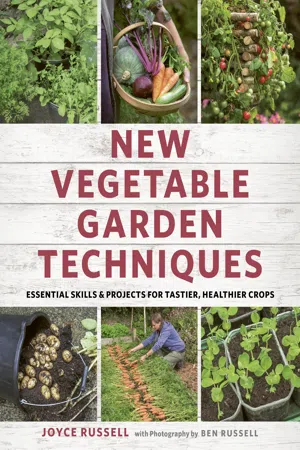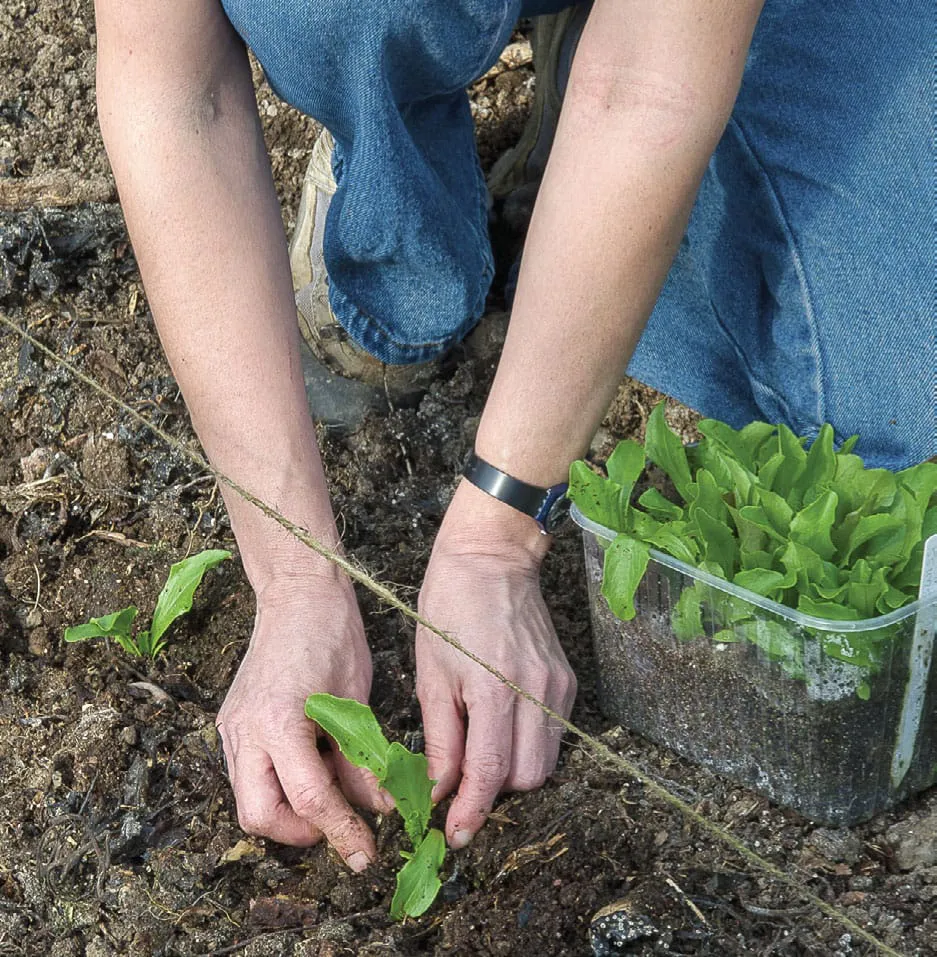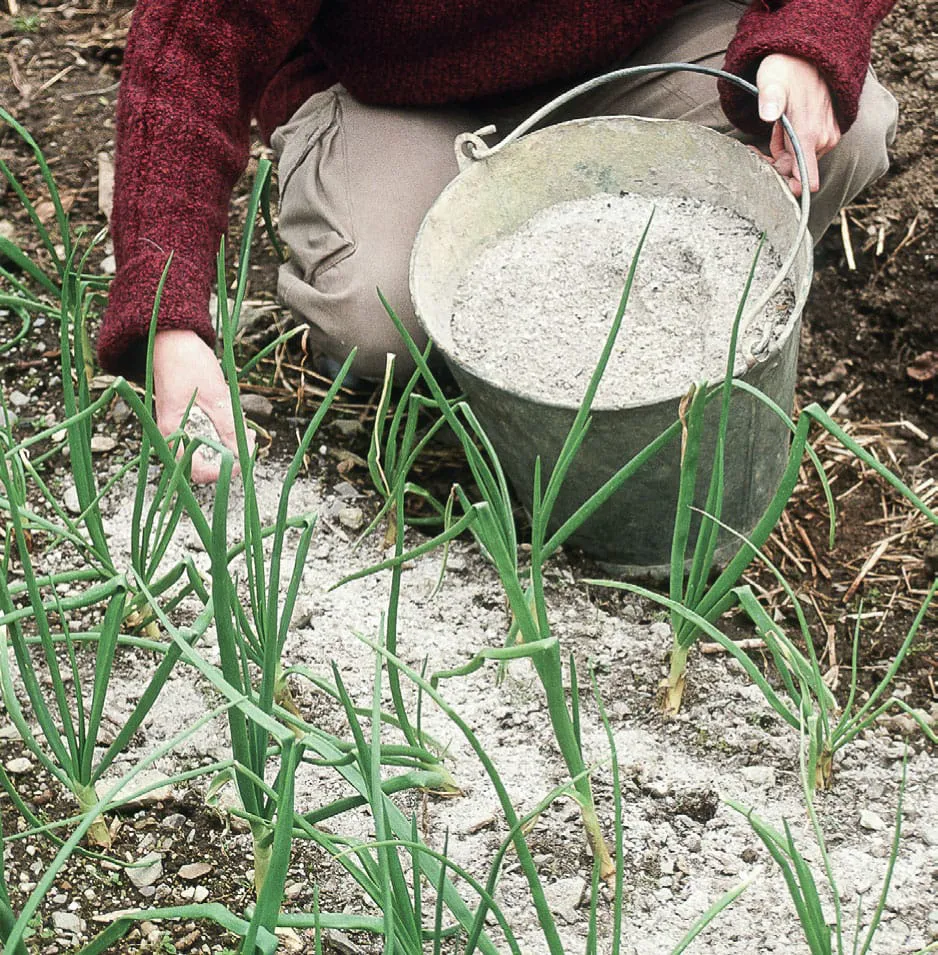
New Vegetable Garden Techniques
Essential skills and projects for tastier, healthier crops
- 192 pages
- English
- ePUB (mobile friendly)
- Available on iOS & Android
New Vegetable Garden Techniques
Essential skills and projects for tastier, healthier crops
About This Book
This book is ideal for beginners, improvers and those serious about growing tasty, healthy organic fruit and vegetables. It will empower readers to grow food for a family, and help work out how to get the best results. Many books give sowing and growing instructions for a multitude of crops, but few give space to the techniques and tips that make gardening easier and that help anyone to grow healthy, sustainable food.
Some of the techniques are developed from Joyce's own trials and observations; others are classic techniques that are still useful now. With a bit more detail, and a step-by-step project, a technique becomes much easier to follow and understand.
There's something here for everyone: whether you grow in a small back yard and want to know how to raise salad in buckets, or if you have a large allotment where you want to improve pollination, or make your own liquid feeds.
The book makes severalpromises to its readers. Firstly, by following its advice you will grow great fruit and vegetables. Next, the knowledge you gain will save you time as well as money. Third, you'll enjoy the gardening journey and the discoveries made along the way.Fourth, you'll find greener and cleaner ways of doing things, and you'll improve your skills, methods and habits.
Find out how to rotate your vegetables so they stay healthy and well-fed, to preserve choice crops for the freshest taste, to improve the soil organically and sustainably, and to produce home made fertiliser from the leaves of your comfrey crop.
Frequently asked questions
Information
2 BETTER SOIL

GETTING TO KNOW YOUR SOIL
Down to earth

Keys to a good soil

Table of contents
- Cover
- Title Page
- Contents
- Foreword
- 23 Projects to try
- Getting Started
- Better Soil
- Better Produce
- Better Harvest
- Glossary
- Index
- Acknowledgments
- Dedication
- Copyright